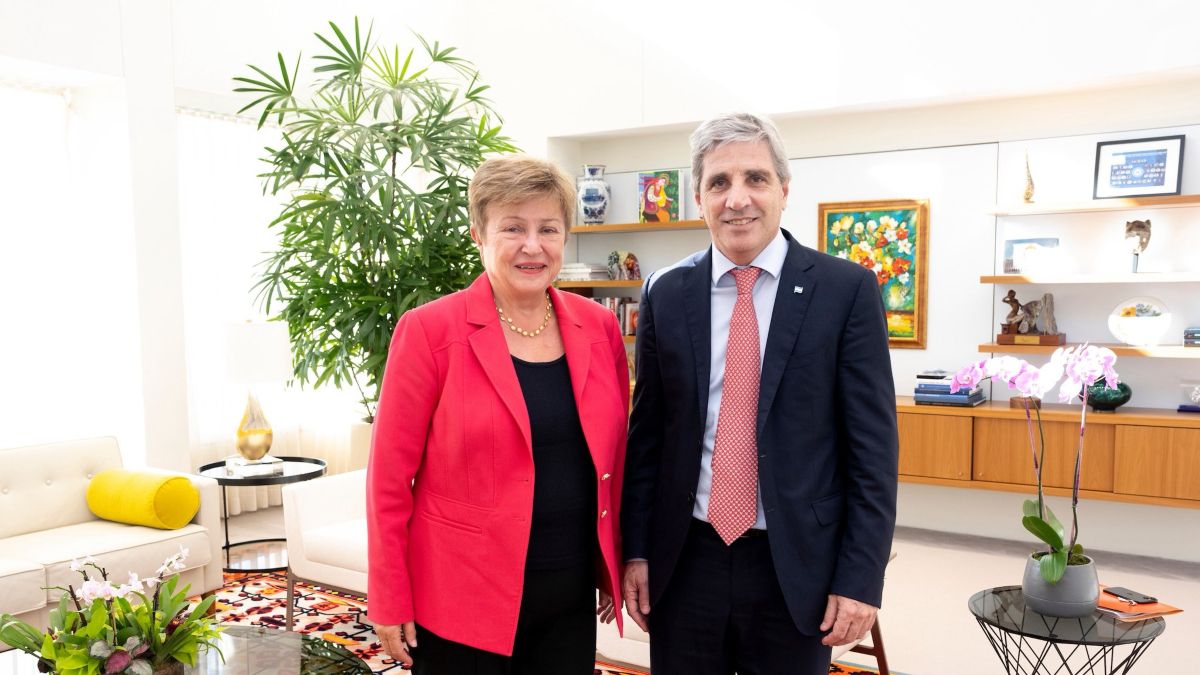Everyone agrees that smuggling crime on the borders with the Czech Republic and Poland must be combated more strongly. But opinions differ as to what should be done in detail.
Federal Interior Minister Nancy Faeser currently does not want to apply to the EU Commission for any stationary border controls beyond the land border with Austria. However, she does not rule this out in the future.
The SPD politician presented plans for increased controls at the borders with the Czech Republic and Poland at a meeting of the Bundestag’s Interior Committee today. According to information from participants, she told MPs that the planned measures “along the smugglers’ route” should be “variable and flexible” “depending on the situation, including at the border”.
She has agreed to a similar cooperation with the Czech Republic as with Switzerland, which also includes controls on the Czech side of the border.
Criticism of the project
“These are not effective measures,” criticized the Union faction’s domestic policy spokesman, Alexander Throm (CDU). He accused Faeser, who is the Hessian SPD’s top candidate for the state elections on October 8th, of having deceived the population in recent days with confusing statements about border controls for electoral reasons.
After the meeting, the minister explained that the flexible controls were effective against smuggling, but did not have such an impact on the everyday life of commuters in the border area. Now we have to see what effect the additional controls have. Faeser did not categorically rule out stationary controls, which must be applied for to the EU Commission, in the future.
There have been stationary controls in Bavaria on the border with Austria since autumn 2015. These controls, which were first notified to the EU Commission by the then Federal Interior Minister Thomas de Maizière (CDU), have been repeatedly extended since then.
Due to the increased number of asylum seekers, state interior ministers from the CDU asked Faeser to also request such controls at the borders with the Czech Republic and Poland. However, anyone who requests asylum at the border cannot, as a rule, be turned away straight away, even during stationary border controls.
Lindner promises customs support
The additional controls at the borders with Poland and the Czech Republic are to be supported by German customs with up to 500 law enforcement officers. This was announced by the Federal Finance Minister Christian Lindner (FDP), who is responsible for customs, during the government survey in the Bundestag. “After 2015, Germany partially lost control over access to this country,” admitted Lindner. “This situation must not continue.”
Federal Justice Minister Marco Buschmann (FDP) said: “People who do not come here for humanitarian reasons and have no prospect of staying must be deported more quickly.” He advocated that asylum procedures should be carried out in third countries.
However, the federal government has not yet pursued such plans. So far, no country outside the European Union has offered a place where asylum seekers could wait for their procedure to be completed.
German District Council: Only admission if there is a prospect of staying
After a meeting of its executive committee, the German District Council called for significantly increased efforts to limit the influx of refugees. The president of the municipal umbrella association, Reinhard Sager, said: “In many districts, emergency accommodation such as tents and gymnasiums are used, and all available empty homes or hotels have been rented.”
This is becoming an increasingly bigger problem in society. It is also important that the federal states only distribute people to the municipalities who have the prospect of staying, he said to the state governments.
The federal police detected a total of around 71,000 unauthorized entries from the beginning of the year to the end of August. The main countries of origin are Syria, Afghanistan, Turkey and Iraq. During the same period, more than 204,000 people applied for asylum in Germany for the first time – around 77 percent more than in the first eight months of the previous year.
“The decisive step” in reducing the number of asylum seekers is the planned reform of the Common European Asylum System, said Faeser. The plans agreed between the interior ministers include, among other things, a preliminary asylum check at the external borders and the return of people without a claim to protection directly from there.
View of Europe
It is still unclear whether the reform package can be passed before the European elections next year. Germany, among others, had expressed concerns about a so-called crisis regulation. The draft submitted for this purpose, for example, stipulates that in crisis situations the period during which people are held in prison-like conditions could be extended.
In addition, the circle of people who are eligible for the planned strict border procedures could be increased. Faeser was confident that an agreement would be reached.
Source: Stern
I have been working in the news industry for over 6 years, first as a reporter and now as an editor. I have covered politics extensively, and my work has appeared in major newspapers and online news outlets around the world. In addition to my writing, I also contribute regularly to 24 Hours World.




